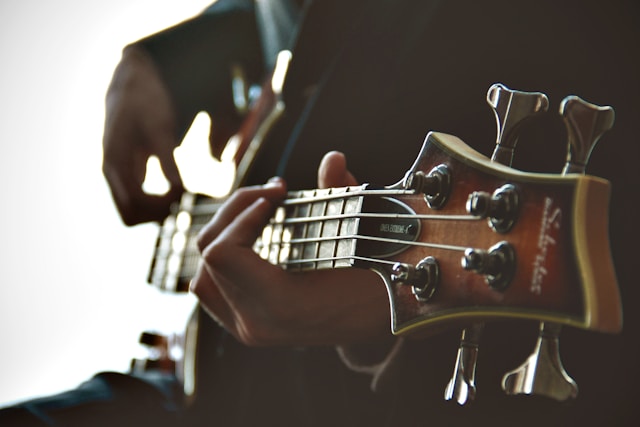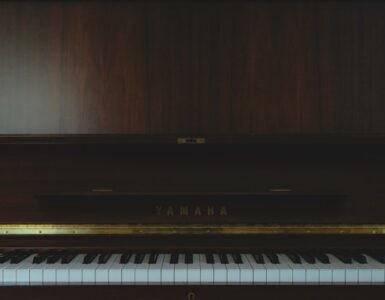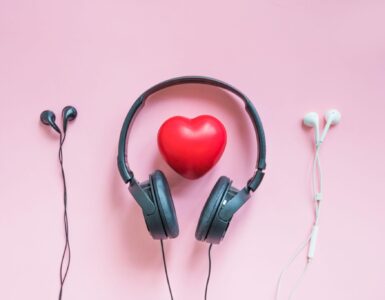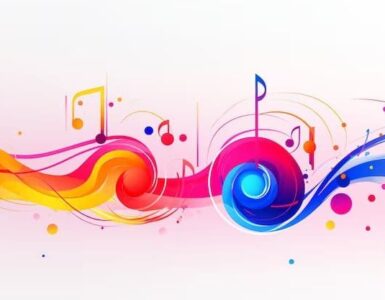In the realms of visual and auditory art, icon design and musical composition might seem worlds apart at first glance. However, upon closer inspection, these two creative disciplines share striking similarities in their fundamental principles and approaches. This article explores the fascinating parallels between crafting the perfect icon and composing a memorable melody, revealing how the languages of sight and sound intersect in unexpected ways.
1. Simplicity and Clarity: The Foundation of Both Arts
Just as a catchy tune often relies on a simple, memorable hook, effective icons thrive on simplicity and clarity. In music, composers strive to create melodies that are easily recognizable and stick in the listener’s mind. Similarly, icon tools designers aim to distill complex concepts into clear, instantly understandable visual elements.
Consider the iconic Apple logo or the simple yet powerful play button icon. These designs, like the opening notes of Beethoven’s Fifth Symphony, communicate their message with striking clarity and memorability. Both disciplines understand that less is often more, and that the most impactful creations are often the simplest.
2. Negative Space and Silence: The Power of What’s Not There
In icon design, negative space – the empty areas around and between the main elements – plays a crucial role in creating balance and emphasis. This concept finds its musical counterpart in the use of silence and pauses. Just as a well-placed rest in a musical piece can heighten tension or emphasize a particular note, thoughtful use of negative space in an icon can draw attention to key visual elements and enhance overall comprehension.
The FedEx logo’s hidden arrow, formed by the negative space between the ‘E’ and ‘x’, is a prime example of this principle in action. Similarly, the famous pause in Mozart’s “Symphony No. 41” demonstrates how what’s not there can be just as important as what is.
3. Color Harmony and Tonal Harmony: Creating Cohesive Experiences
Color theory in icon design closely mirrors the concept of tonal harmony in music. Just as musicians combine different notes to create pleasing chords and progressions, designers use color combinations to evoke specific emotions and create visual harmony.
A well-designed icon set with a cohesive color palette is akin to a well-orchestrated piece of music. Each element, whether it’s a color in an icon or an instrument in an orchestra, must work in harmony with the others to create a unified whole. The way a designer might use complementary colors to create visual interest is not unlike how a composer might use contrasting instruments to add depth to a composition.
4. Rhythm and Repetition: Establishing Patterns and Recognition
Rhythm, a fundamental element of music, finds its visual counterpart in the repetition and patterns used in icon design. In music, rhythmic patterns provide structure and drive the composition forward. Similarly, in icon design, consistent elements and repeated motifs create a sense of unity and aid in quick recognition.
Consider how app icon designers often use consistent shapes or color schemes across a product line to create a recognizable brand identity. This approach is similar to how a composer might use a recurring motif throughout a symphony to tie different movements together. The repetition in both cases creates a sense of familiarity and cohesion.
5. Context and Arrangement: The Importance of Environment
Just as a musical note takes on different meanings depending on the chords and melodies surrounding it, an icon’s effectiveness is heavily influenced by its context. Icon designers must consider how their creations will appear in different environments – on various backgrounds, at different sizes, and alongside other icons.
This parallels how composers must consider the full arrangement of a piece, ensuring that each instrument and melody complements the others. A beautiful melody might fall flat if paired with the wrong accompaniment, just as a well-designed icon might lose its impact if placed in an unsuitable context.
6. Emotion and User Experience: Connecting with the Audience
Both music and icon design aim to evoke specific emotions and create meaningful experiences for their audience. A powerful piece of music can stir deep emotions, while a well-crafted icon can instantly communicate a concept and guide user behavior.
The play button icon, for instance, not only conveys its function clearly but also evokes a sense of anticipation and excitement associated with starting media playback. Similarly, the opening chords of a favorite song can instantly transport listeners to a specific emotional state or memory.
Conclusion: A Harmonious Blend of Sight and Sound
As we’ve explored, the principles that guide effective icon design share remarkable similarities with those that underpin musical composition. Both disciplines require a deep understanding of their medium, a keen sense of balance and harmony, and the ability to communicate complex ideas through simple, powerful elements.
By recognizing these parallels, designers and musicians alike can gain new perspectives on their crafts. The next time you find yourself stuck on a design problem, consider drawing inspiration from the world of music. Or, if you’re facing composer’s block, try visualizing your melody as an icon. In the end, whether we’re creating visual symphonies or musical icons, the goal remains the same: to communicate, to inspire, and to create experiences that resonate deeply with our audience.





